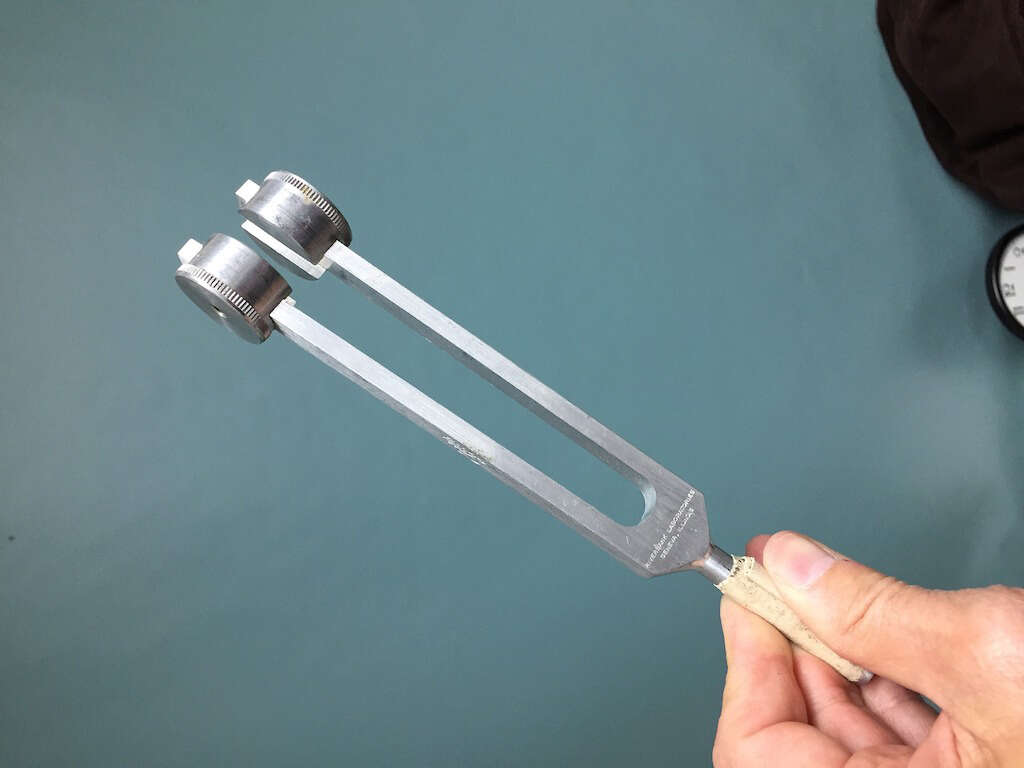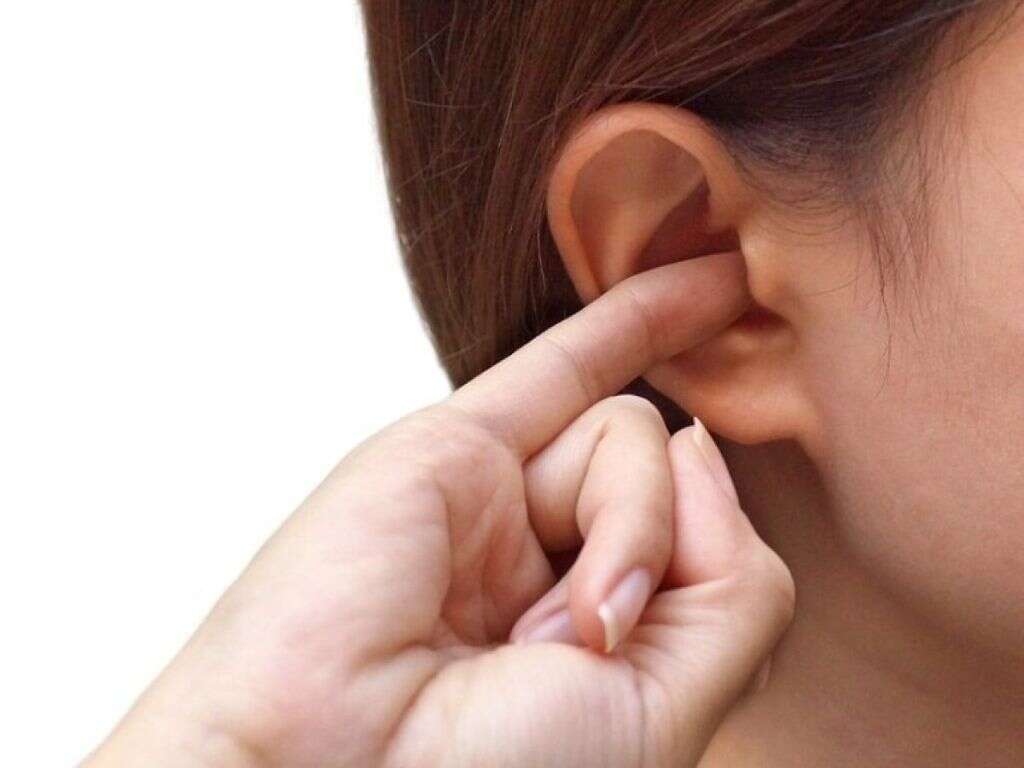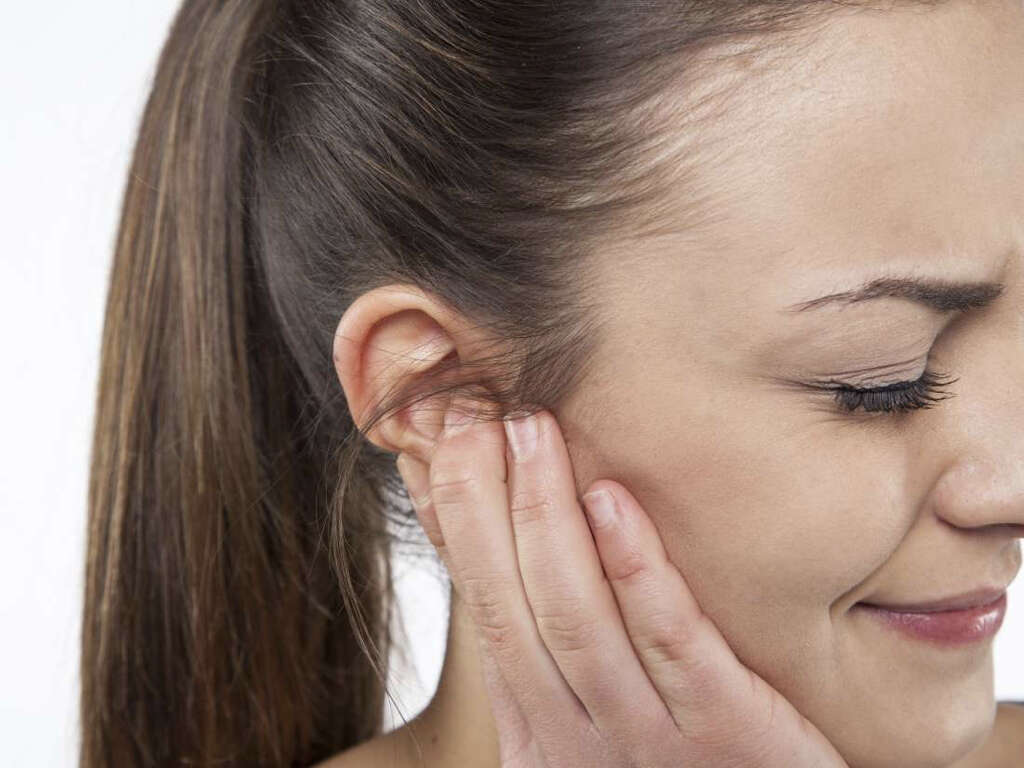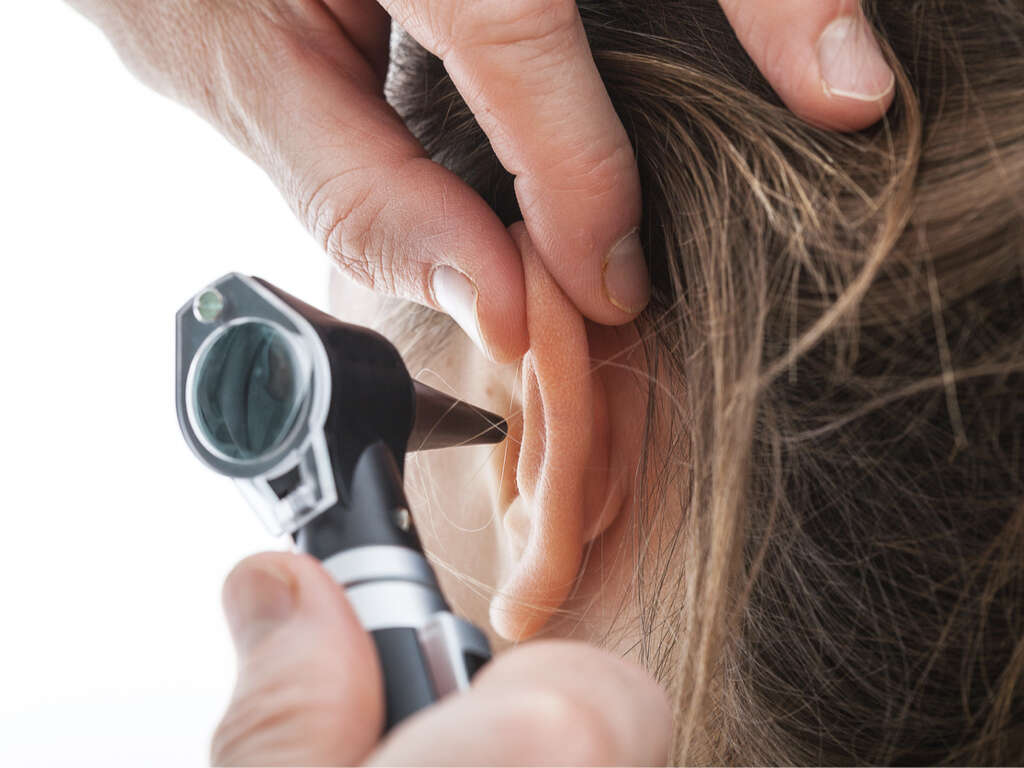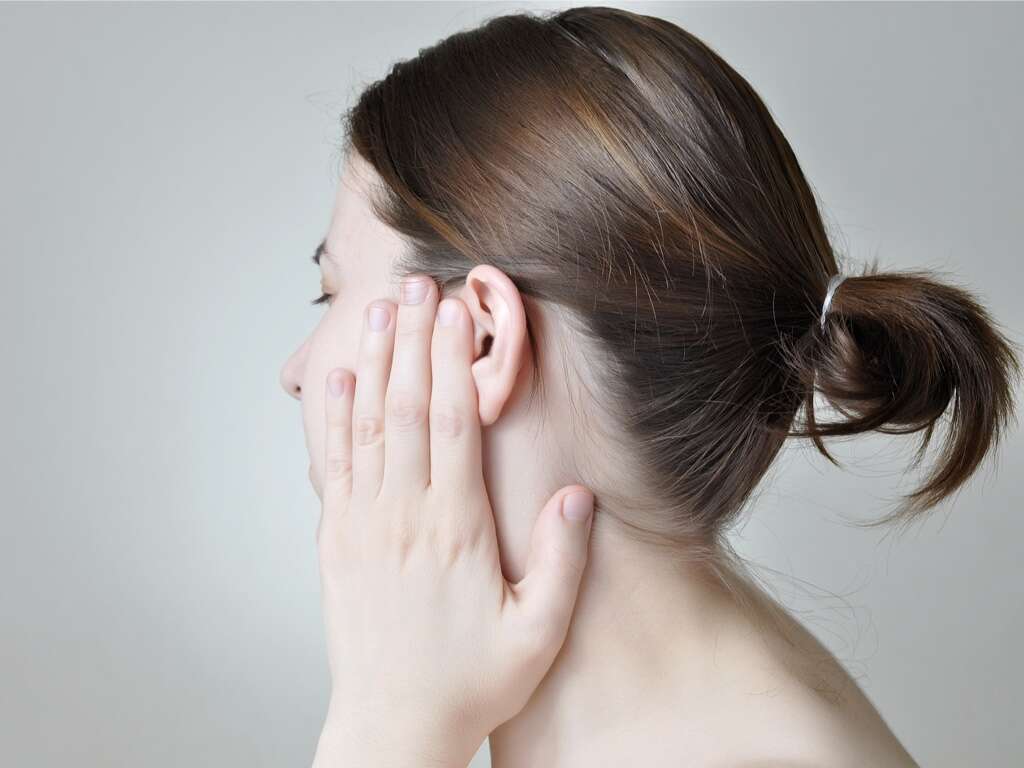How to Pop Your Ears
Ear barotrauma is a common condition which results in the patient feeling pressure inside their ears. It is not usually painful and the most the patient will usually feel is a mild pressure sensation, and their hearing may become slightly less effective. It is usually quite short-lived as before long our ears will “pop” to restore the balance in pressure.
Popping the ears does not always happen easily, though, leaving people having to try and take action to rectify the condition. In some cases, it can be down to certain medical conditions and the underlying cause will need to be addressed.

1. The Eustachian Tube
In order to know how to pop your ears, it helps to first understand what is happening in the first place. The pressure within the middle ear is controlled with help from the eustachian tubes. These tubes are connected to the nasopharynx, and allow air to pass through so the air pressure in the inner ear equals the pressure outside. When we are flying and climb to a high altitude, for example, the air pressure in the cabin will usually fall a little bit. This causes the air in the inner ear to expand, causing more pressure inside than out. This condition can also be the result of other causes, such as a medical condition that is blocking the eustachian tubes.
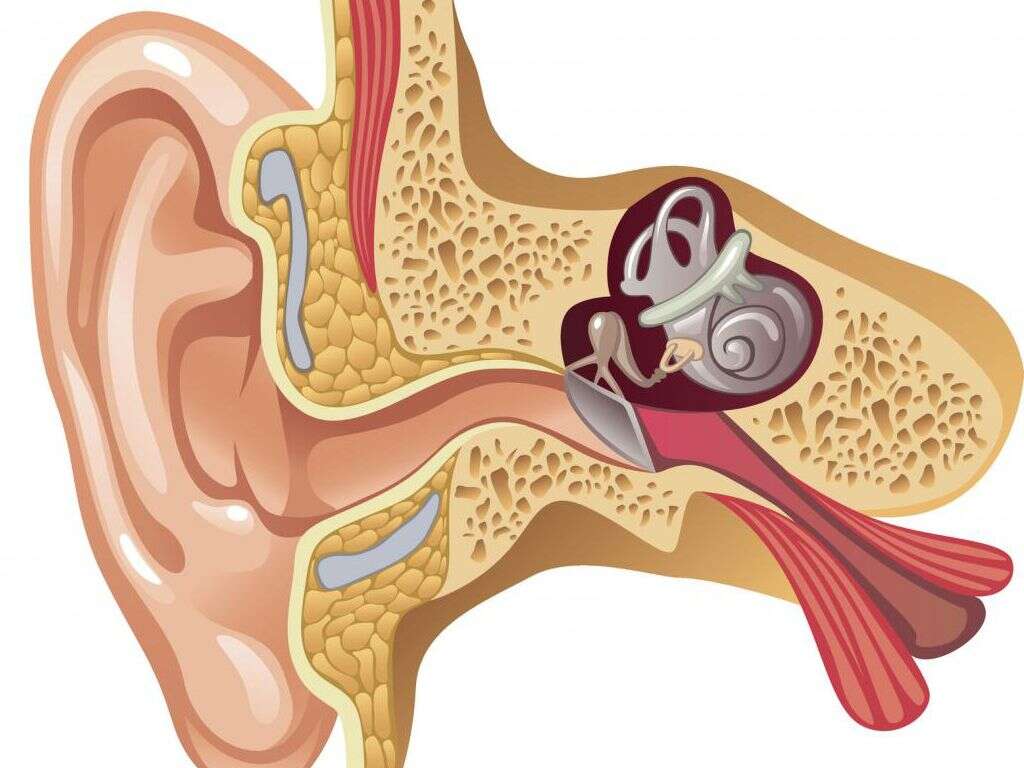
2. Yawning
We often yawn when we are feeling tired. We aren’t completely sure why we do it, but we do have some very plausible suggestions. We also know that yawning is extremely contagious. Indeed, you are probably yawning right now just because you are reading about yawning.
Some people will also start to yawn when flying, and this is because it helps to open the eustachian tubes, allowing the pressure in the inner ear to adjust. Not everybody will yawn automatically, though, but you can still force yourself to yawn by opening your mouth wide. Going through the motions and thinking about it are quite likely to cause you to yawn naturally.

3. Swallowing
Have you ever wondered why you are sometimes offered candies when you are about to take off? In addition to wanting to give you a tasty treat to enjoy, cabin staff may also be giving you something that will help to avoid ear barotrauma. It works because sucking on candies encourages you to swallow regularly, and this can help to equalize the pressure.
When we swallow, the movement of the muscles involved causes the eustachian tube to open. Thus, air will be able to escape out from the inner ear, causing the pressure to become the same as it is on the outside. Chewing gum can also help with this.
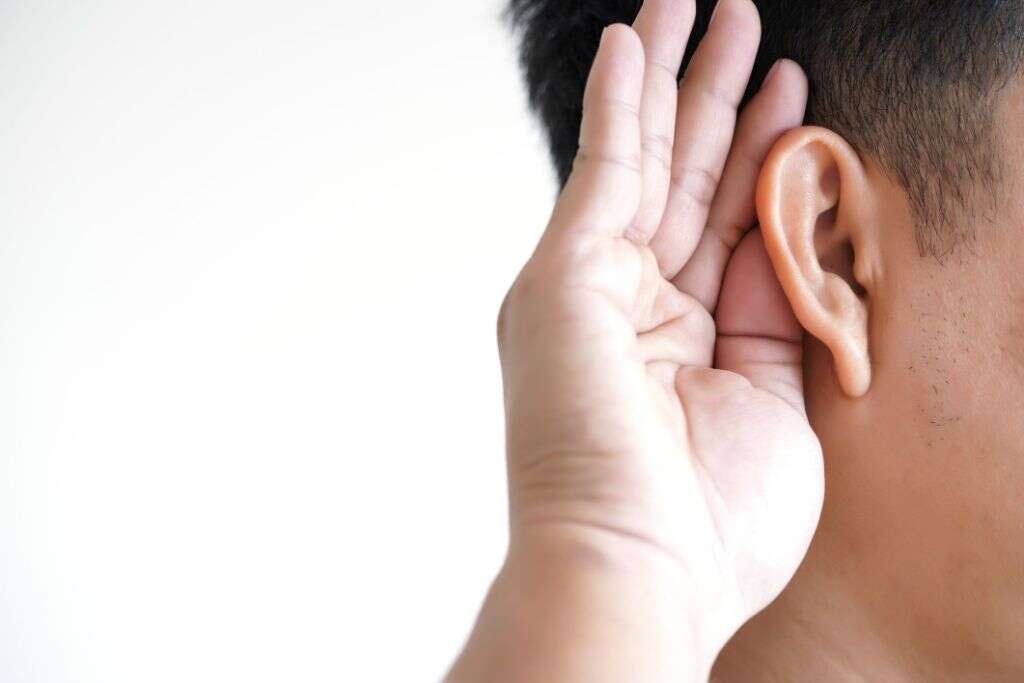
4. A Warm Cloth
Sometimes, ear barotrauma is caused because congestion is causing the eustachian tube to become blocked. Thus, easing this congestion may be able to help open the eustachian tube, allowing the air pressure in the ear to adjust accordingly.
One way to achieve this is to take a warm cloth and hold it against the ear, and/or the nose. This will hopefully be able to relieve the congestion, and this will hopefully help to relieve you of ear barotrauma. If you are suffering from conditions like a cold, allergies, or the flu, then this could well be a very effective method for you.

5. Valsalva Maneuver
One fairly common method that works for a lot of people is the Valsalva maneuver, and it is very easy to perform. The first step is to place your fingers over your nostrils and squeeze the nostrils so no air can escape. For the best effect, make sure that your cheeks are not puffed out.
With your nostrils tightly shut, you should then try and blow out through your nose. The air cannot escape, creating a buildup of pressure at the back of the nose. The increased pressure at the back of the nose will hopefully help to open the eustachian tube, releasing the pressure in the inner ear.

6. Toynbee Maneuver
The Toynbee maneuver is another common method that is similar in ways to the Valsalva maneuver. Again, hold your nostrils tightly together so that no air can escape, and then you should swallow. This can open up the eustachian tube, and this can help relieve the pressure in the ears.
While similar to the Valsalva maneuver, some people will find that one method is more effective than the other. You should try both out to see which method, if any, works best for you. If neither work, then you may need to look for other ways to pop your ears.
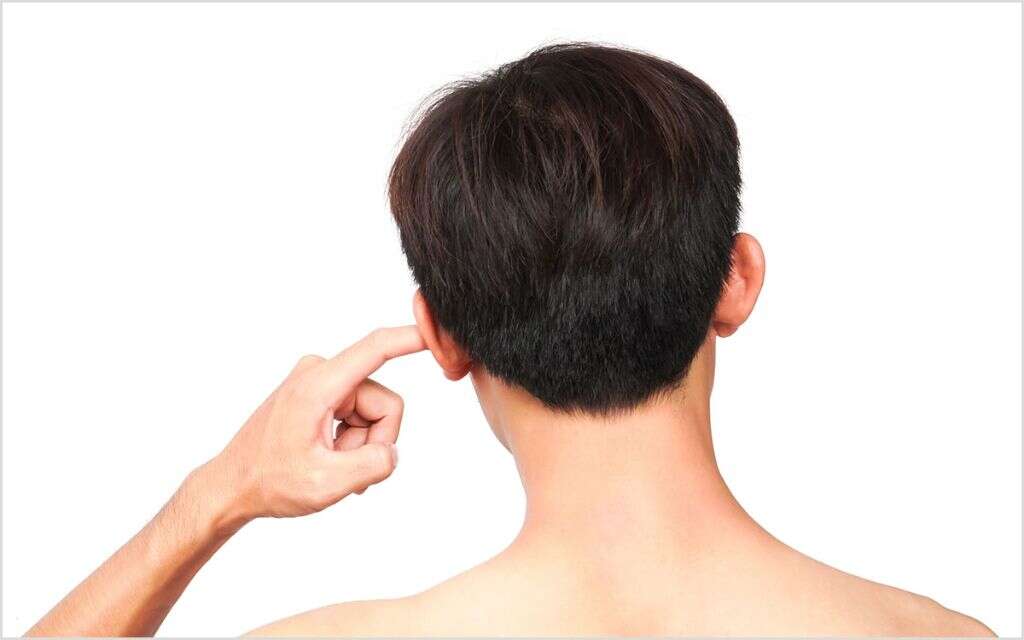
7. Nasal Corticosteroids
When we are ill, it is common for us to experience congestion and a runny nose, and this is usually down to the lining of the nasal passages becoming inflamed. This inflammation can cause a number of problems, including preventing air from flowing freely through the Eustachian tube.
Nasal corticosteroids are readily available that will help to reduce inflammation of the nasal tissues. This can, in turn, unblock the Eustachian tube, and pressure in the middle ear can be released. Such sprays are often available over the counter, and they can also help to relieve you of other discomfort caused by inflammation.

8. Nasal Decongestants
If your nose is blocked, then your eustachian tubes may also become blocked, and this can lead to ear barotrauma. One of the most common ways to unblock the nasal passages is with decongestants, which could be just what you need in some cases of ear barotrauma.
Bear in mind that a lot of decongestants work by helping to clear excess mucus from the nasal passages. However, congestion is often caused by inflammation, and not necessarily by mucus. Which one works best for you depends on the exact reason for the decongestion, while some brands might also be more effective than others.

9. Ventilation Tubes
In the vast majority of cases, it is very easy to pop your ears. Even if you cannot make it go away quickly, then it should still not be too uncomfortable to put up with for a while. In a rare number of cases, however, ear barotrauma can be more serious and medical professionals will need to take more complex steps to deal with the problem.
Sometimes, ventilation tubes are inserted into the ears in order to relieve the pressure within. This is usually done using a local anesthetic to help ensure the patient remains comfortable throughout the procedure. The tubes are usually left in place and will eventually fall out within 2 years.

10. Avoidance
It can be pretty difficult to avoid ear barotrauma, but there are some steps you can take to help prevent it. It can be especially important in young babies because they are unable to deal with the symptom themselves. When you are flying, try to avoid being asleep during takeoff and landing.
This is because we will be swallowing less frequently at the time and making other movements that can equalize the pressure. You should try and encourage babies and children to suck and swallow. You can do this using candy and, for babies, you can use a pacifier and/or bottled milk.




